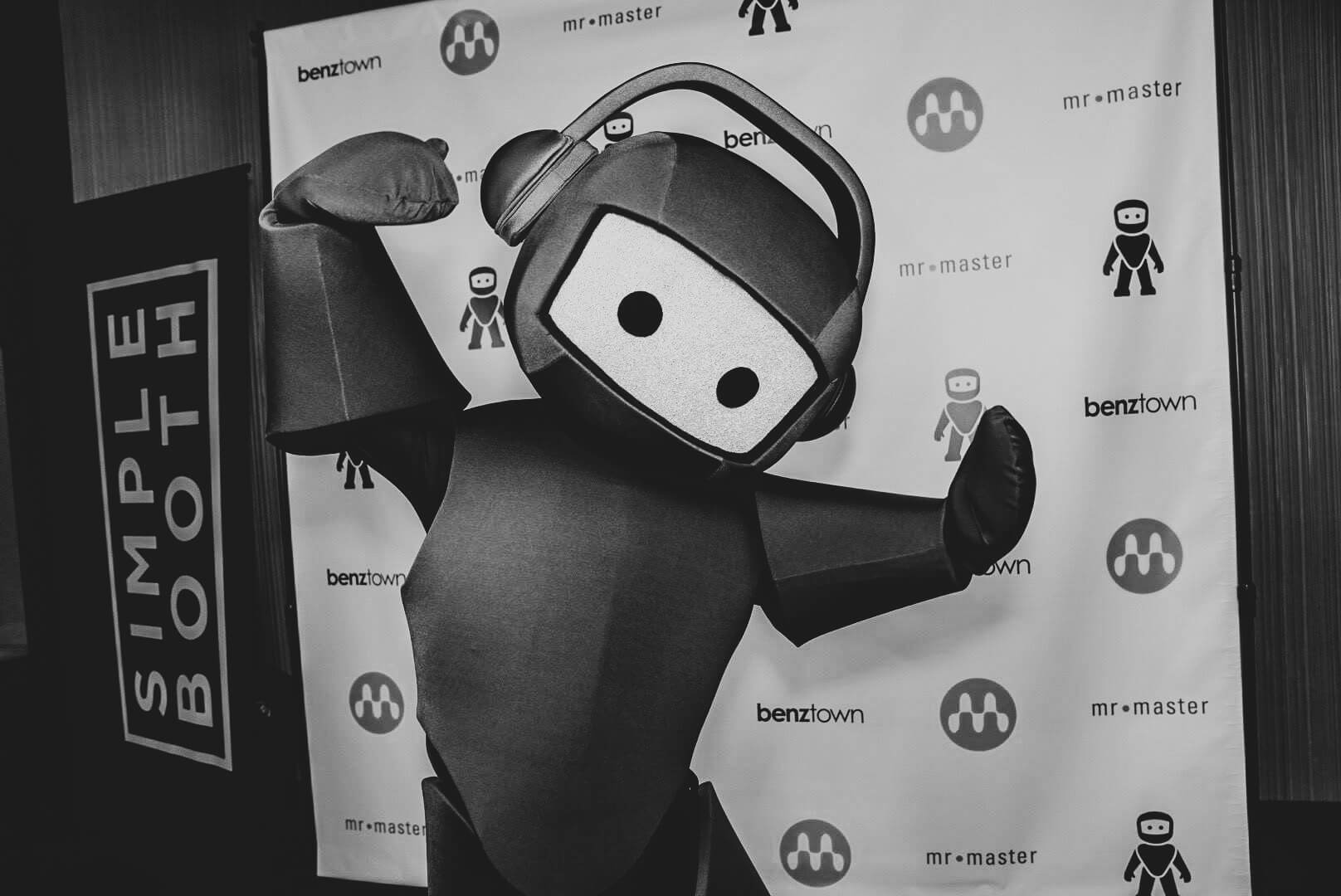Vocal Recording Part 1 or How to create a TOP…
In our studios in Stuttgart we’re not only creating imaging for our international clients, we’re also creating jingles, music, acoustic IDs and and and.. often we need various singers for those sessions. Of course, you cannot just slam down your instrumental mix and let the artist sing over it. There are still elements in your mix, which can distract the artist and make it harder to sing over it, so you might need a special headphone mix for your singer to give him the information he needs without distraction by other elements.
Today I’m going to show you how to create a headphone mix for the special needs of your singer without affecting your original mix.
1. Use AUX tracks:
If you’re working on a bigger session, it’s the best to create sub mixes for the different insrument groups. Mixing each track on its own during creating the headphone mix can be a total pain, so it’s better to sum up instruments in sub groups.
Send the signal from every sub group to the same bus, f.e. bus 1-2 for all drums, bus 3-4 for all guitars, etc…
Create new AUX tracks for every sub group you want and use the busses you created as input. My advise to you is to name them proper or even color them. For even more clearness, you can hide the other tracks and just keep the AUX sub groups visable in your mixer window.
2. Create a headphone AUX track:
Create a new stereo AUX track and use an unused bus as input. This will be your headphone AUX track. Now send the signal from all your AUX sub groups and effect AUX tracks to the bus, you’re using as headphone input.
Here’s a sample pic of a mix window with AUX sub groups
3. Confer with the artist:
Now, you should let the artist have a listen to your mix and maybe perform a few lines. He will know best what he wants. If you’ve got a rough idea of how he artist wamt the mix to sound like, it’s time to start mixing.
4. Create the mix:
Go through the sends of your group tracks and set up a basic mix. Get regular feedback from the artist. The mix is not dry enough? No problem! Just add less reverb to your headphone mix. Do the same with instruments and effects that are distracting. By using only the send faders on your AUX sub groups, you won’t affect your original mix.
5. Get into details:
You’ve got your first mix, but there still can be distracting elements for the artist, f. e. a noisy snare. There is no sense in lowering the volume of the whole drum group, so the snare needs to be edited on its own. Go back to the single tracks and edit the tracks that are too loud or not loud enough.
Get a last feedback from the artist and if it’s okay, you’re ready to start recording.


;)